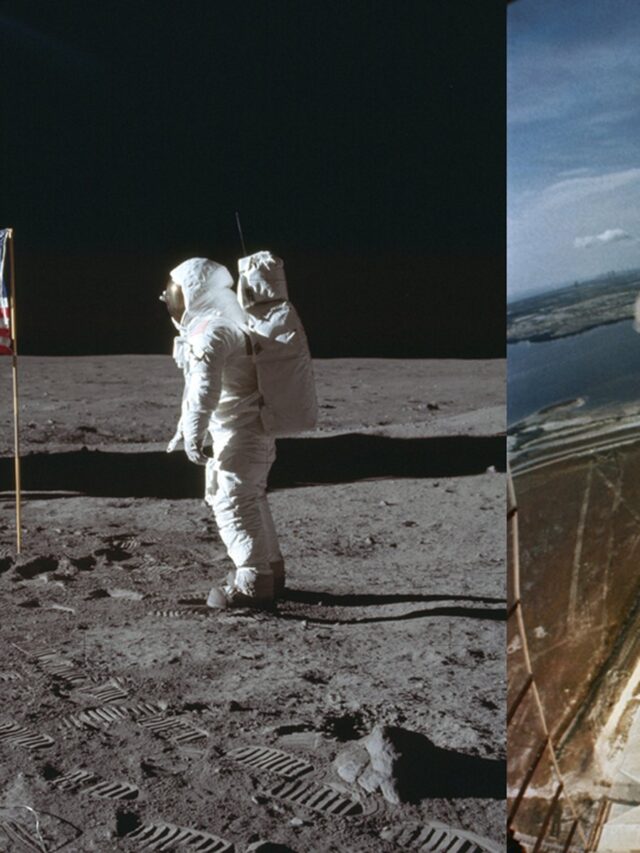The responsibilities of a product manager are diverse. Among them, the major one is completing the development of the product on time and understanding the consumer needs simultaneously. As a part of product management courses online, this is all relevant to the product life cycle stages.
Product life cycle stages start with the market research and end with the development of the final product and trial of it. Get a complete insight on what exactly product life cycle stages are and how they work as per the stages.
What is the product life cycle?
A product life cycle is when a product is initially offered to customers and when it is removed from the market. Management and marketing experts utilize product life cycles to assist in establishing advertising schedules, pricing points, growth into new product markets, package redesigns, and other factors. Product life cycle management refers to these strategic approaches to product support.
During product management courses online, one gets several projects to work on where they can learn how product life cycle stages work in reality.
What are the stages included in the product life cycle?
- The Development and Introduction of the Market
This stage of the product life cycle entails designing a market strategy, which is accomplished by investing in advertising and marketing to raise customer awareness of the product and its advantages.
This stage may take some time to complete, depending on the scope of the product, how fresh and inventive it is, how well it meets customers’ wants, and whether there exists any rivalry in the market. A new product development tailored to the consumer’s demands is more likely to succeed, although there is also evidence that goods can fail at this stage, implying that stage two is never achieved. As a result, many businesses choose to follow in the footsteps of creative pioneers.
- Growth of market
In the growth phase of a product’s life cycle, a product has successfully transitioned from the market introduction stage. The product should become more readily available as a result of increasing demand.
As the product takes off, the gradual rise of the market introduction and development stage develops into a sudden upsurge. Rivals may join the market with their own versions of your goods, either outright copies or minor modifications.
- Market maturity
Though a product has been established in the market, the cost of creating and selling the current product will decrease. Many consumers will have purchased the product by this point, and rivals will emerge, making branding, pricing, and product distinction even more critical. Stockists and order takers will replace marketers as retailers.
- Product decline
The decline can also be triggered by new developments that outperform your current product, including horse-drawn carriages becoming obsolete when the vehicle took its place.
Many businesses will begin to diversify as market saturation implies there is currently no profit to be made. Some enterprises may survive the downturn and continue to supply the product, manufacturing will likely be on a smaller scale, and prices and profit margins will fall. Consumers may also abandon a product in favour of a new option, albeit this is rare.
Conclusion
The product manager needs to be very tight on the stages and deadlines as per the scheduled phases, from researching the market to developing it according to the product. Product development and success probability depend on how extensively the product matches consumer needs.







![[pii_email_acd77492efc0a21025eb]](https://www.webku.in/wp-content/uploads/2021/07/pii_email_acd77492efc0a21025eb.jpg)







